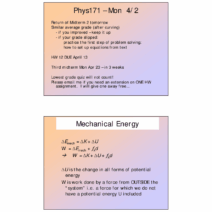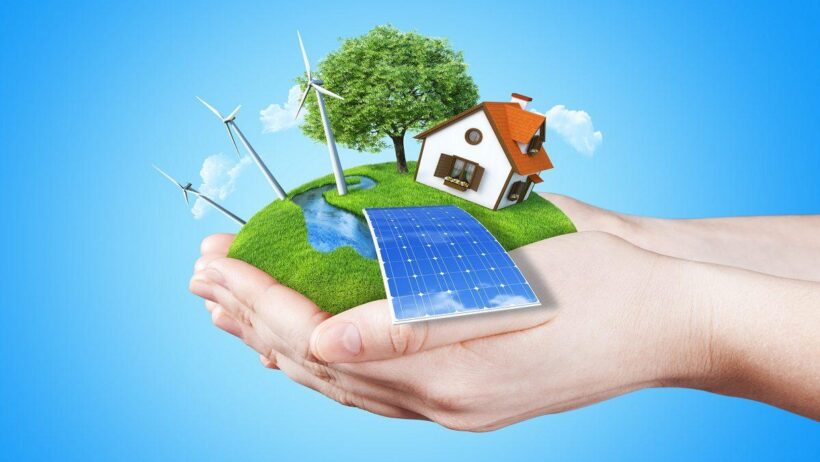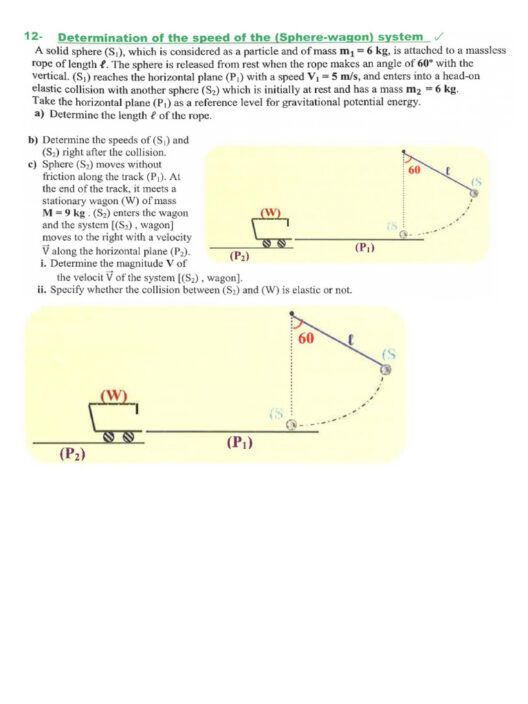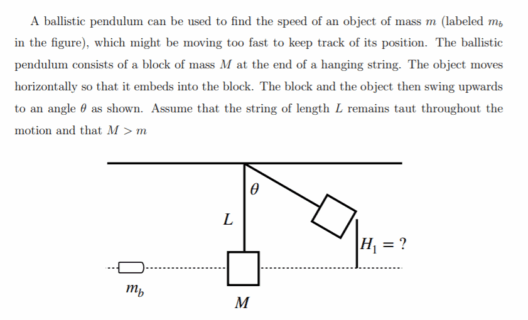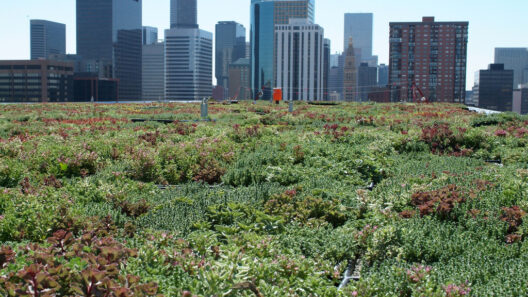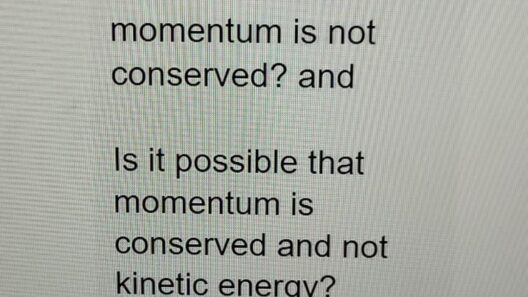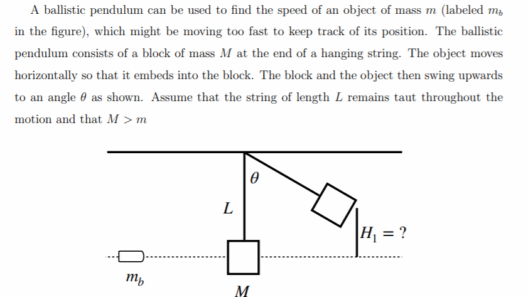Energy conservation is a crucial endeavor in addressing climate change and reducing our carbon footprint. Implementing energy-saving strategies is not only beneficial for the environment but also for our wallets. This article dissects energy conservation by season and specific situations, providing readers with insightful perspectives and actionable tips.
Understanding energy conservation requires an appreciation of how energy demands fluctuate across different seasons. Each season presents unique challenges and opportunities for consumption reduction. By adapting our behaviors and employing strategic techniques, we can significantly diminish energy usage throughout the year.
In the winter months, the primary focus shifts to heating. As temperatures plummet, the reliance on heating systems escalates, often leading to excessive energy consumption. To combat this, one can turn to several effective methods:
- Insulation Enhancement: A well-insulated home retains heat more effectively. Consider upgrading insulation in attics, walls, and basements to eliminate drafts. The addition of weather stripping around doors and windows can also preclude heat loss.
- Thermostat Regulation: Lowering the thermostat by just a few degrees can lead to substantial energy savings. Installing a programmable thermostat allows for automatic adjustments during times when the home is unoccupied.
- Sunlight Utilization: Capitalize on natural light by opening drapes and curtains during sunny days. This method not only warms your space but also reduces reliance on artificial lighting.
As spring unfurls, it is imperative to shift the focus toward energy conservation methods that allow homeowners to transition from winter habits. This season often carries the associated task of cleaning and preparing for summer. Yet, it is equally vital to engage in energy-efficient practices:
- Appliance Maintenance: Conduct routine checks on HVAC systems, ensuring that filters are clean, and ducts are free of obstructions. A well-maintained system operates efficiently, thereby consuming less energy.
- Smart Outdoor Practices: Consider planting trees strategically around your property to provide shade in the summer and allow sunlight to warm your home during winter. Additionally, using mulch can moderate soil temperatures, reducing the need for watering.
- Water Heating Optimization: With more outdoor activities, water heating demands can rise. Lower the water heater temperature to 120°F to reduce energy expenses. Insulating the pipes and heater can further conserve energy.
Summer’s arrival brings with it an increase in cooling needs. The soaring temperatures can lead to heightened energy expenditure if not managed wisely. To combat this, implement the following strategies:
- Energy-Efficient Cooling Systems: Transition to energy-efficient air conditioning units or ceiling fans to minimize electricity consumption. Regular maintenance of cooling systems is crucial to ensure optimal performance.
- Shade Utilization: Employ awnings, shades, or reflective window films to block excessive heat from entering your home. These simple installations can significantly decrease the reliance on cooling systems.
- Nighttime Ventilation: Take advantage of cooler evenings by opening windows to allow natural ventilation. This practice can mitigate the need for air conditioning during the night.
As autumn sweeps in, energy conservation shifts focus yet again. The transition from cooling to heating necessitates a reevaluation of energy consumption habits. Here are effective strategies for this transitional period:
- Seasonal HVAC Transition: Prepare your HVAC system for the cooler months by scheduling a professional inspection. Clearing debris from the outdoor unit and ensuring all components are functioning properly can enhance efficiency.
- Home Preparation: Begin winterizing your home: check for air leaks, insulate pipes, and cover exterior windows with storm windows or thermal drapes. This preparation can save energy and expenses during the winter.
- Usage Awareness: Now is an opportune time to reflect on daily habits. Be cognizant of energy usage patterns that may lead to excessive consumption and strive for more sustainable choices.
Beyond seasonal adjustments, various situational factors also influence our energy conservation efforts. Events such as holidays, planned travel, or gatherings require additional considerations:
- Holiday Preparation: Around holiday seasons, the increase in decorative lighting and entertainment activities can raise energy bills. Opt for LED lights, which consume significantly less energy than traditional incandescent bulbs. Further, utilize timers to limit lighting to desired hours.
- Travel Energy Management: When planning vacations, ensure that appliances are unplugged, and the thermostat is adjusted to a more energy-efficient setting. Utilize smart home devices to monitor and control energy use remotely.
- Gathering Efficiency: During family gatherings, encourage guests to help conserve energy by turning off lights in unoccupied rooms and opting for energy-efficient cooking methods. This not only promotes awareness but also fosters a culture of energy responsibility.
In summary, energy conservation is a multifaceted approach that varies with the seasons and distinct situations. By recognizing the seasonal nuances and adapting our practices accordingly, significant strides can be made in reducing consumption. The journey towards sustainable living involves continual learning and adaptation, and every small action contributes to a collective effort in combating climate change. Start implementing these strategies today to create a brighter, more sustainable future for generations to come.


